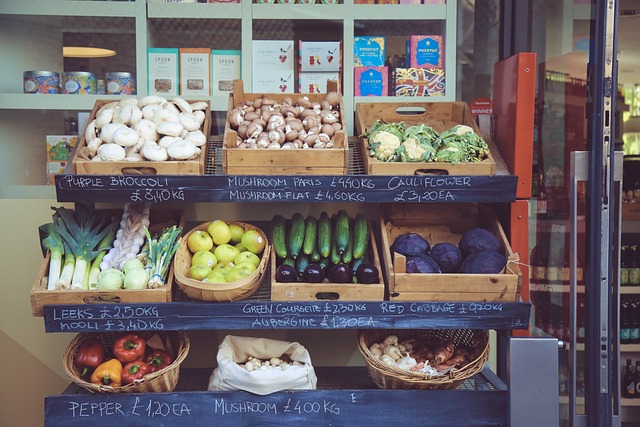Congratulations on beginning your exciting adventure as a culinary business. One of the most important parts of your business when you enter the realm of culinary pleasures will be packaging. The packaging of your food not only keeps it fresh but also reflects your brand. This thorough guide will cover crucial packing advice that will not only guarantee that your items stay at their finest but also make a positive impression on your clients.
1. Understanding Packaging Food Safety Regulations:
The success of your food business depends on your ability to navigate the complex web of food packaging safety rules. Globally, there are different regulations covering things like labeling, packaging, and storage conditions. Learn about the laws that apply to your area and the areas where you want to distribute your items. Make sure your packaging conforms with these requirements to ensure that your food goods are both appetizing and wholesome. Consultations with regulatory organizations or specialists in food safety may provide priceless insights that can be used to create packaging that satisfies all requirements.
2. Choosing the Right Packaging Materials:
Making the right packaging material choice is crucial since it affects the freshness, appearance, and environmental effects of your food goods. When selecting materials, keep in mind the kind of meal you will be serving. Perishable items have a longer shelf life when they are packaged in airtight, vacuum-sealed containers like vacuum-sealed bags or modified environment containers. Consider environmentally friendly solutions for dry products such as compostable materials, recyclable paperboard, or biodegradable plastics. You can also go for stick pack packaging solutions. These products appeal to environmentally concerned customers in addition to being consistent with environmentally friendly methods.
3. Eye-Catching Design and Branding:
Your food company’s packaging acts as a visual representation, leaving a lasting impression on customers. Make an investment in polished and arresting design components that represent your brand identity. Take into account eye-catching color combinations, captivating font, and alluring artwork that captures the soul of your gourmet masterpieces. Your logo, which expresses the character and distinctiveness of your company, should be clearly displayed. A well-designed box, keep in mind, not only grabs attention but also conveys the quality and thought you put into your goods.
4. Prioritizing Sustainability and Eco-Friendly Practices:
Adopting sustainability in your packaging methods is not simply an option; it’s a duty at a time when environmental awareness is crucial. To reduce your environmental impact, emphasize eco-friendly materials like compostable products, recyclable paper, and biodegradable plastics. Create a feeling of shared responsibility with your clients by clearly stating your eco-friendly efforts on your packaging. In order to reduce waste, you may also think about introducing initiatives like minimalistic packaging.
5. Practicality and Functionality in Packaging:
While aesthetics are important, utility and use must also be considered. Your packing needs to be user-friendly for both customers and merchants. Take into account aspects such as handling simplicity, stackability, and storage. For instance, if your items are designed for consumption on the go, spend money on packaging with strong seals and grips. The user experience is improved by functional packaging, increasing the likelihood that consumers will pick your items over those of rivals.
6. Incorporating Interactive and Informative Elements:
Your items may become special by using interactive and educational packaging aspects. Think of integrating QR codes that, when scanned, take users to recipes, culinary advice, or behind-the-scenes footage. Customers might be won over by telling interesting stories about your brand’s origins, sourcing methods, or culinary inspiration. Provide clients who are health-conscious and pay close attention to product details with labels that provide information about the ingredients, nutritional value, and allergies.
7. Rigorous Testing and Quality Assurance:
Thorough testing and quality assurance are essential stages before mass-producing your package. To verify that the packing materials preserve the freshness, taste, and quality of your food goods, carry out thorough testing. Examine the packaging’s resilience to environmental elements including moisture, heat, and light, which might compromise the integrity of your items. To get opinions from prospective customers, think about holding focus groups or surveys. Their advice may be quite helpful in improving the functionality and design of your package.
Conclusion
Creating the ideal packaging for your food business necessitates striking a careful balance between form, function, sustainability, and legal requirements. You can design packaging that not only protects your culinary creations but also strikes a chord with your customers by understanding food safety regulations, selecting appropriate packaging materials, designing eye-catching packaging, prioritizing sustainability, assuring practicality and functionality, incorporating interactive elements, and conducting rigorous testing.


The content Team Writer is one of the writers from our team of content writers. The Business Goals blog is expanding day by day and we need more writers and brand ambassadors for promoting our media website. If you are interested contact your portfolio through the Write for Us page.
















































